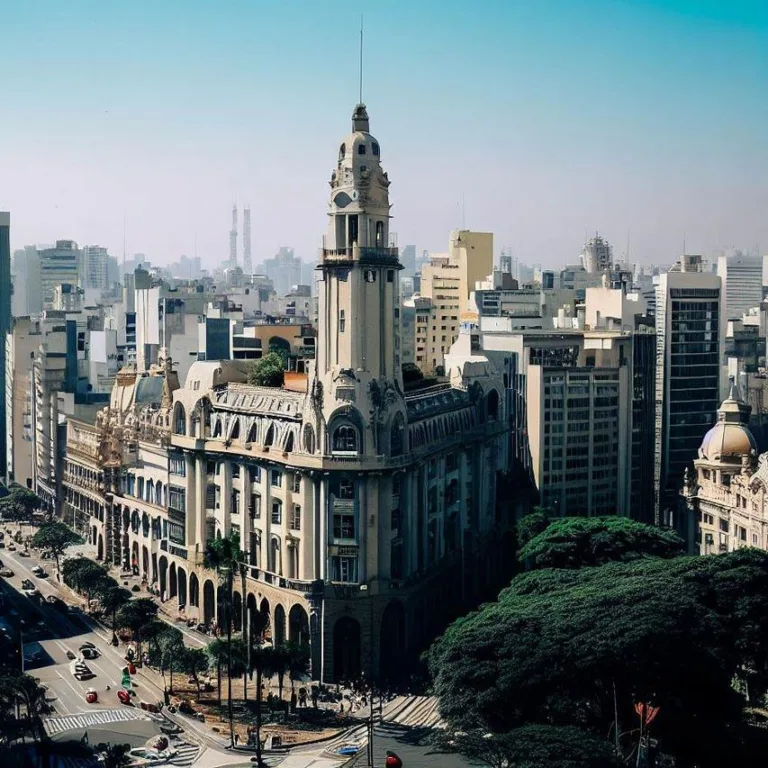Welcome to the vibrant metropolis of Sao Paulo, a city that pulses with energy and boasts a rich blend of cultures, history, and modernity. Nestled in southeastern Brazil, Sao Paulo stands as the largest city not only in the country but in all of South America. Its sheer size, diversity, and economic prowess make it a true global hub. Let’s delve into the captivating tapestry that is Sao Paulo.
The historical tapestry
Sao Paulo’s history is woven with threads of indigenous cultures and colonial influences. Founded in 1554 by Jesuit missionaries, the city has grown from a humble outpost to a bustling urban center. The architecture here is a testament to its evolution, from colonial-era churches like the São Bento Monastery to the towering skyscrapers that dominate its skyline.
Cultural mosaic
This megacity embraces a mosaic of cultures, reflecting its diverse population. From its renowned street art scene in the bohemian Vila Madalena neighborhood to the Japanese neighborhood of Liberdade, Sao Paulo celebrates its melting pot of influences. Visitors can explore museums, theaters, and galleries that showcase both Brazilian and international art, further adding to the city’s cultural richness.
Urban oasis
While Sao Paulo is synonymous with urban hustle, it offers several green respites. Ibirapuera Park, often compared to New York’s Central Park, provides a serene escape from the city’s frenetic pace. The park hosts concerts, art exhibitions, and sports events, making it a central gathering point for both locals and tourists.
Gastronomic delights
The city is a haven for food lovers, offering a culinary journey that spans from traditional Brazilian dishes to international flavors. The Mercado Municipal, a historic market, is a treasure trove of exotic fruits, spices, and fresh produce. Don’t miss the opportunity to savor a feijoada, Brazil’s beloved black bean stew.
Economic powerhouse
Sao Paulo drives Brazil’s economy and plays a pivotal role on the global stage. Its financial district is a forest of skyscrapers, housing multinational corporations and financial institutions. The city’s economic prowess has led to a thriving arts scene, with investments in theaters, music venues, and galleries.
Frequently Asked Questions (FAQs)
Q: What is the best time to visit Sao Paulo?
A: The best time to visit is during the Southern Hemisphere’s summer (December to March) when the weather is warm and there are numerous festivals and events taking place.
Q: How do I get around the city?
A: Sao Paulo has an extensive public transportation system that includes buses and a metro system. Taxis and ridesharing services are also readily available.
Q: Is Sao Paulo safe for tourists?
A: Like any major city, Sao Paulo has its safe and less safe areas. It’s recommended to stay in well-known neighborhoods, avoid displaying valuables, and use caution when exploring at night.
Q: What are some must-visit attractions?
A: Apart from Ibirapuera Park and Mercado Municipal, you should consider exploring Paulista Avenue, São Paulo Cathedral, and the São Paulo Museum of Art (MASP).
Q: Can I experience the city on a budget?
A: Yes, there are budget-friendly options for accommodation, dining, and entertainment. Exploring local street food and free cultural events can help you experience the city without breaking the bank.
Viz také:






